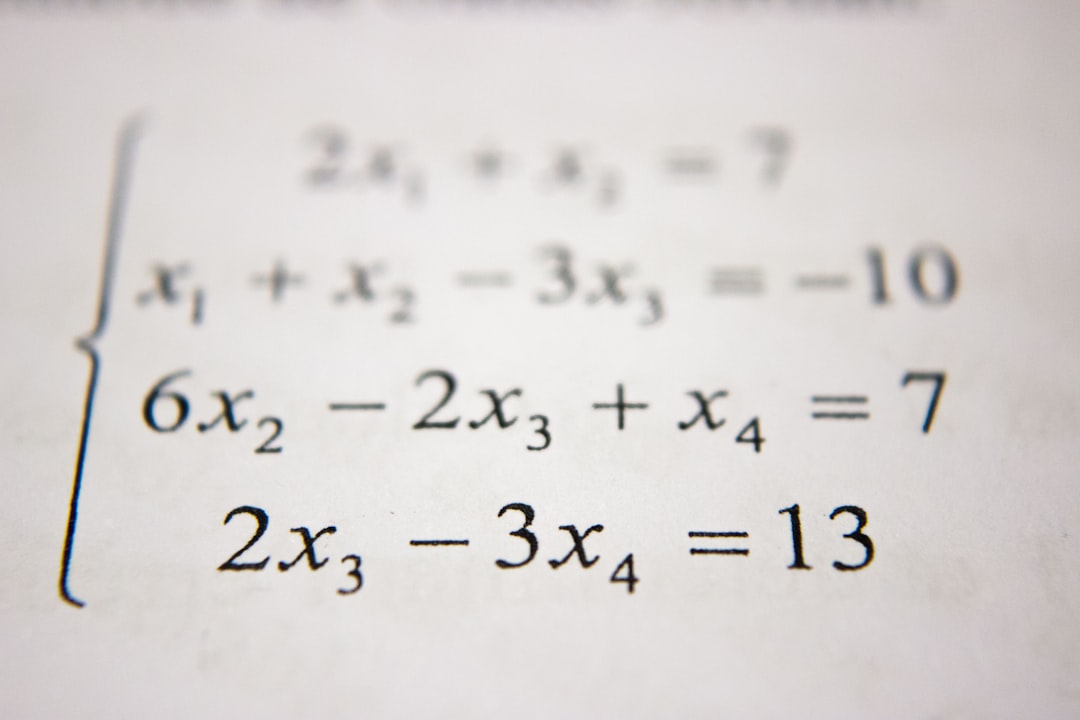What is it about?
Positive-realness appears frequently as a requirement for realizability, optimality, and especially for robust stability of nonstationary, nonlinear or adaptive controllers. Although in SISO systems the positive-realness properties can be explained using root-locus arguments, their meaning in multivariable systems is much more complex. Besides, positive-realness does not seem to be common to real-world systems. This paper expands upon the conditions needed to satisfy the desired strict positive-realness conditions. It presents and proves some positive-realness lemmas which explain the relations between stabilizability and positive-realness and their importance for implementation of robust nonstationary or nonlinear controllers. The paper then shows how to use basic stabilizability properties of systems and parallel feedforward in order to implement positive-real configurations.
Featured Image
Read the Original
This page is a summary of: Positive-realness in multivariable stationary linear systems, Journal of the Franklin Institute, January 1991, Elsevier,
DOI: 10.1016/0016-0032(91)90016-v.
You can read the full text:
Contributors
The following have contributed to this page










